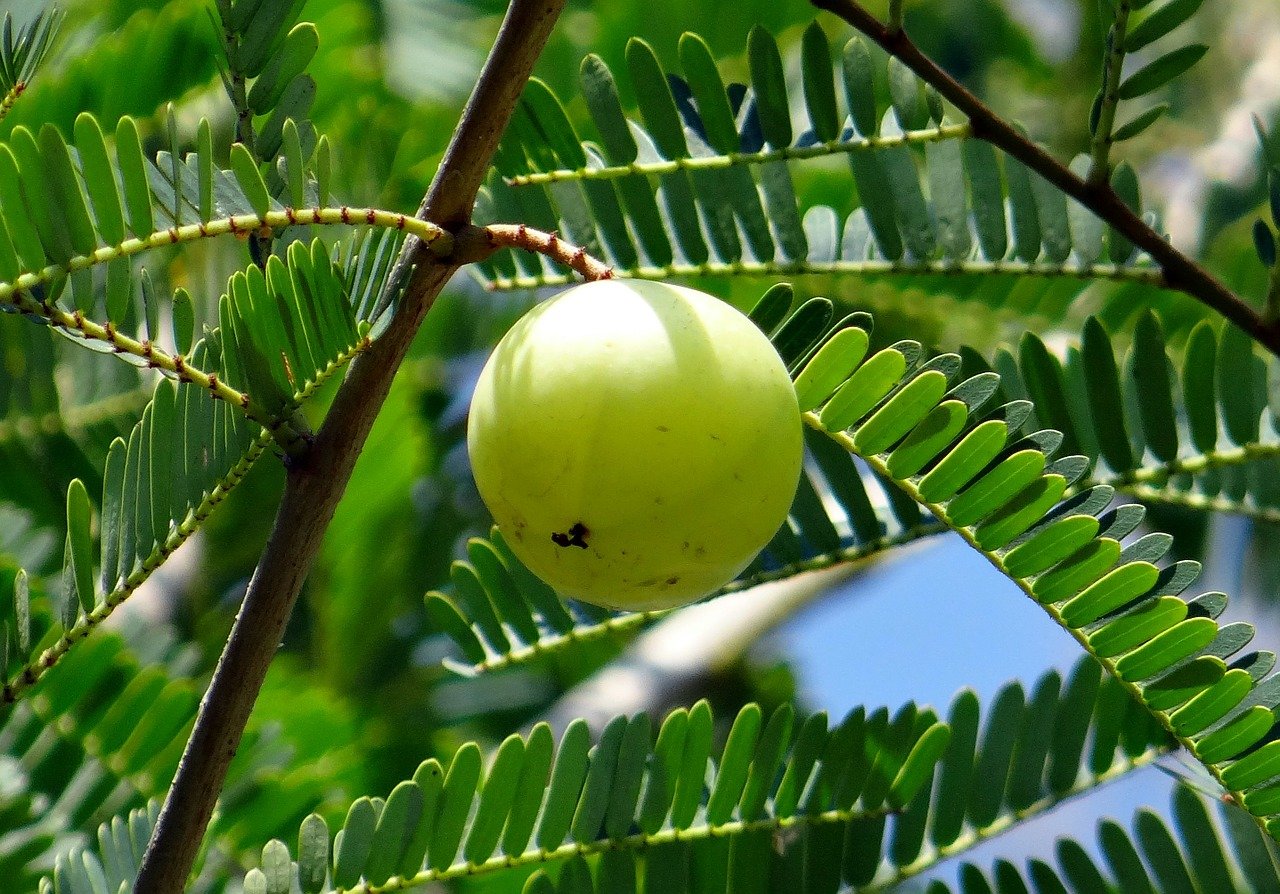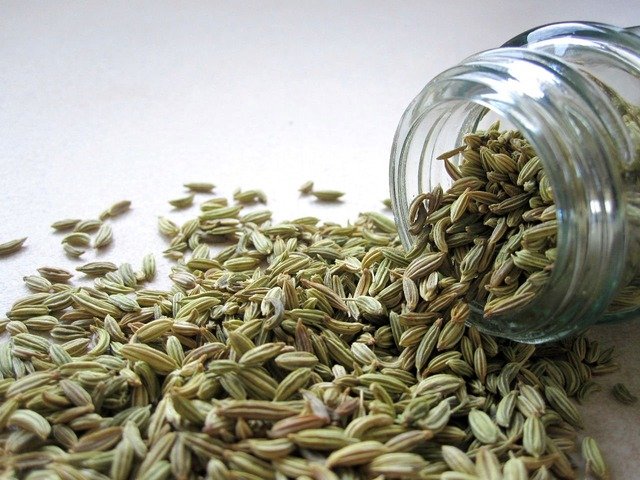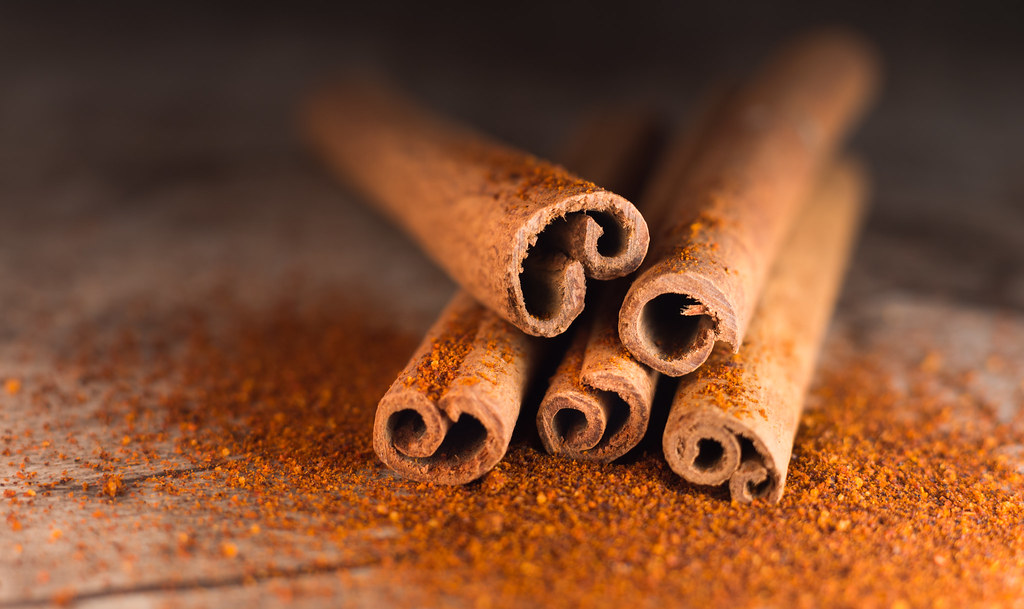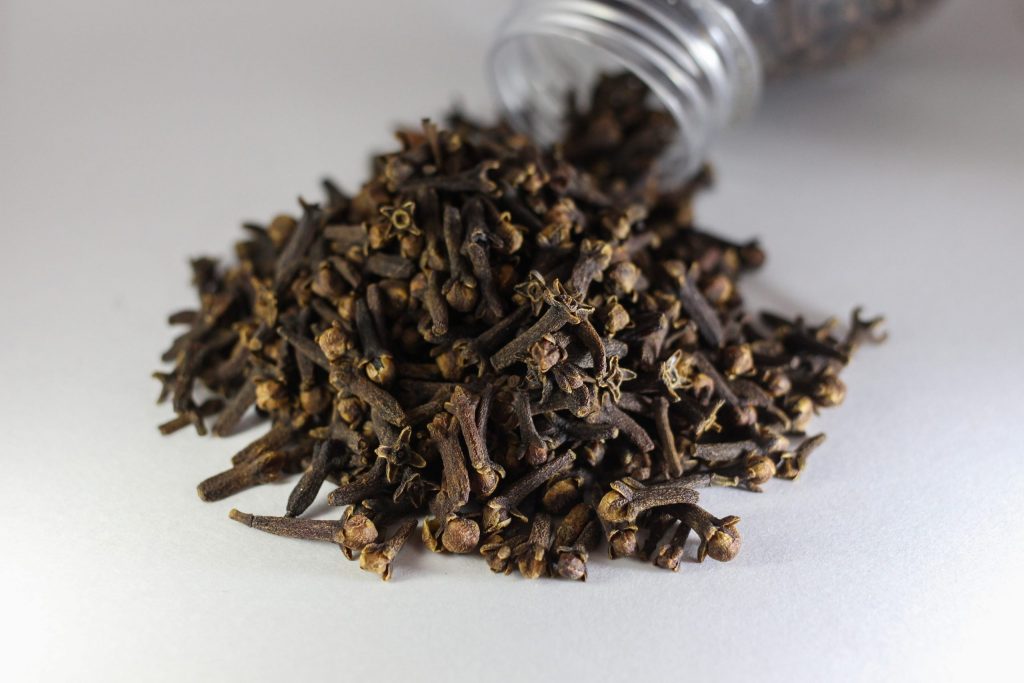Amla or Indian gooseberry during pregnancy is safe comfort food. It is packed with dietary fiber, vitamins, and minerals that help treat nausea and hormonal imbalances in pregnancy.
Introduction:
Amla, or Indian gooseberry, is a fruit that is celebrated for its health benefits across the world. Packed with Vitamin C and other essential nutrients, it’s a popular choice for boosting immunity and improving overall health. However, when it comes to pregnancy, it’s essential to approach the consumption of amla with caution. This guide provides a comprehensive look into the various aspects of consuming amla during pregnancy, including its nutritional profile, benefits, potential risks, and guidelines for safe consumption.
1. Nutritional Profile of Amla:
- Vitamin C: Amla is a rich source of Vitamin C, essential for the absorption of iron, a mineral crucial for preventing anemia during pregnancy. It also plays a significant role in the development of the baby’s immune system.
- Antioxidants: The antioxidants present in amla help combat free radicals, reducing oxidative stress and promoting overall health and well-being.
- Minerals: Amla is abundant in essential minerals like calcium and iron, which are vital for the healthy growth and development of the fetus.
- Fiber: The dietary fiber in amla aids in digestion and helps in preventing constipation, a common concern during pregnancy.

2. Benefits of Amla During Pregnancy:
- Boosts Immunity: The high Vitamin C content in amla enhances the immune system, providing added protection to the mother and the developing fetus during pregnancy.
- Enhances Digestive Health: Amla’s fiber content helps in maintaining digestive health, preventing issues like constipation, bloating, and indigestion.
- Promotes Fetal Development: Essential nutrients in amla contribute to the healthy development of the baby’s bones, brain, and immune system.
- Improves Hemoglobin Levels: Amla can help in increasing hemoglobin levels, preventing anemia, a common issue during pregnancy.
3. Potential Risks and Concerns:
- Allergic Reactions: Some individuals may be allergic to amla, leading to adverse reactions such as rashes, itching, or swelling.
- Gastrointestinal Issues: Excessive consumption of amla may cause acidity or diarrhea, leading to discomfort and dehydration.
- Possible Interaction with Medications: Amla may interact with certain medications, affecting their efficacy and leading to potential health risks.
4. Safe Consumption Guidelines:
- Moderation is Key: It’s crucial to consume amla in moderation to avoid potential gastrointestinal issues and ensure the intake of a balanced range of nutrients.
- Consultation with Healthcare Provider: It’s essential to discuss with a healthcare provider before incorporating amla into the diet during pregnancy to ensure it’s suitable for individual health conditions.
- Opt for Fresh Amla: Choose fresh amla over processed forms to ensure maximum nutrient intake and avoid added sugars, preservatives, or artificial flavors.
5. FAQs About Amla and Pregnancy:
- Is it safe to consume amla during pregnancy? Generally, amla is considered safe during pregnancy when eaten in moderation, but it’s always best to consult a healthcare provider.
- Can amla juice be consumed during pregnancy? Yes, amla juice can be a nutritious addition, but ensure it is homemade and free from additives and preservatives.
- How can amla be included in the pregnancy diet? Amla can be eaten raw, as juice, or in cooked forms such as soups or stews. Ensure it is washed and prepared hygienically.
- Can amla cause miscarriage? There is no scientific evidence to suggest that amla can cause miscarriage, but excessive consumption should be avoided.
- Is amla beneficial for fetal development? Yes, the nutrients in amla contribute to the healthy growth and development of the fetus.
- Are there any specific amla preparations to avoid during pregnancy? Avoid processed amla products with added sugars, preservatives, or artificial flavors.
- Can amla help in managing pregnancy-related issues? Amla may help in improving digestion and boosting immunity during pregnancy.
- Is amla safe during the first trimester of pregnancy? Generally, amla is considered safe, but consultation with a healthcare provider is crucial.
- Can amla contribute to weight management during pregnancy? Amla may aid digestion and metabolism, but it’s essential to follow a balanced diet and exercise regimen for healthy weight management.
- What is the recommended serving size for amla during pregnancy? It’s best to consume a small amla fruit or a moderate amount of amla juice, ensuring the total daily intake is within safe limits.
6. Conclusion:
In conclusion, amla can be a nutritious and beneficial addition to the diet during pregnancy, offering a range of health benefits for both the mother and the developing baby. However, it’s paramount to be aware of potential risks and adhere to safe consumption guidelines. Ensuring moderation, opting for fresh and natural amla products, and seeking medical advice will enable expecting mothers to gain the health advantages of amla while ensuring safety and well-being during this crucial period. The health of the mother and the baby should always be the priority, and careful consideration and consultation are essential in making dietary choices during pregnancy.


















